If you’re buying or building a new home, one of the things you might wonder is: what kind of windows do new builds usually come with? From energy ratings to frame materials, it’s important to know what to expect and what’s considered standard in the UK housing market.
Let’s break it down clearly by covering the most common window types, materials, and glazing options seen in new builds across the country. We’ll also explore why developers choose certain options, what to check before moving in, and when you might want to upgrade.
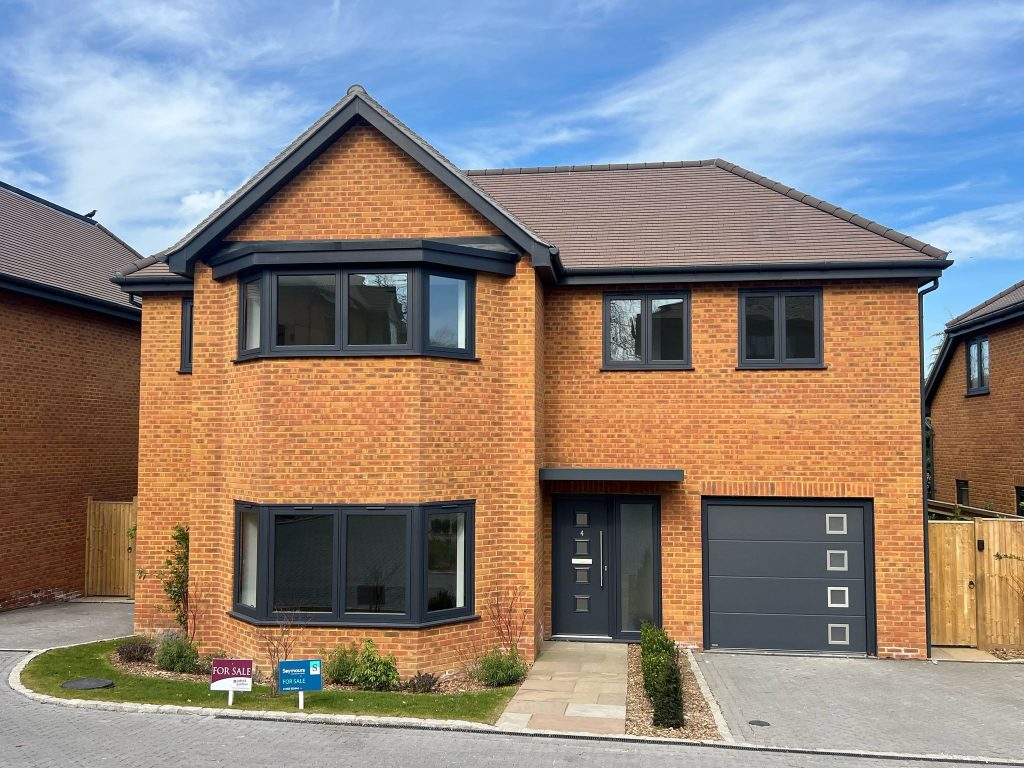
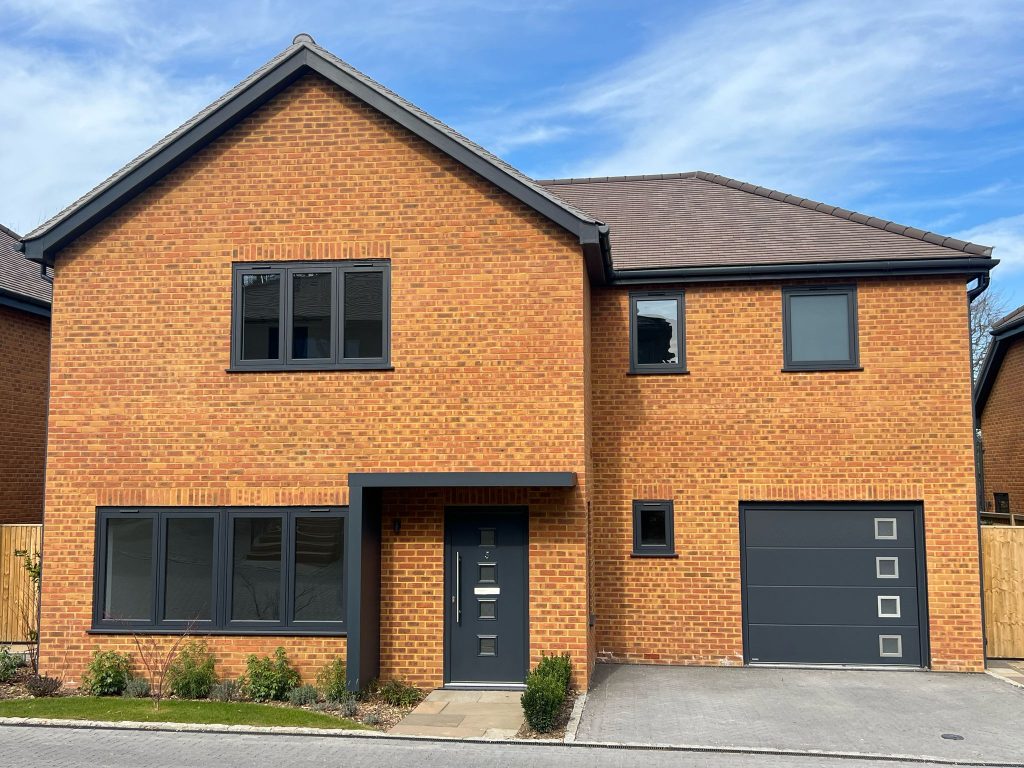
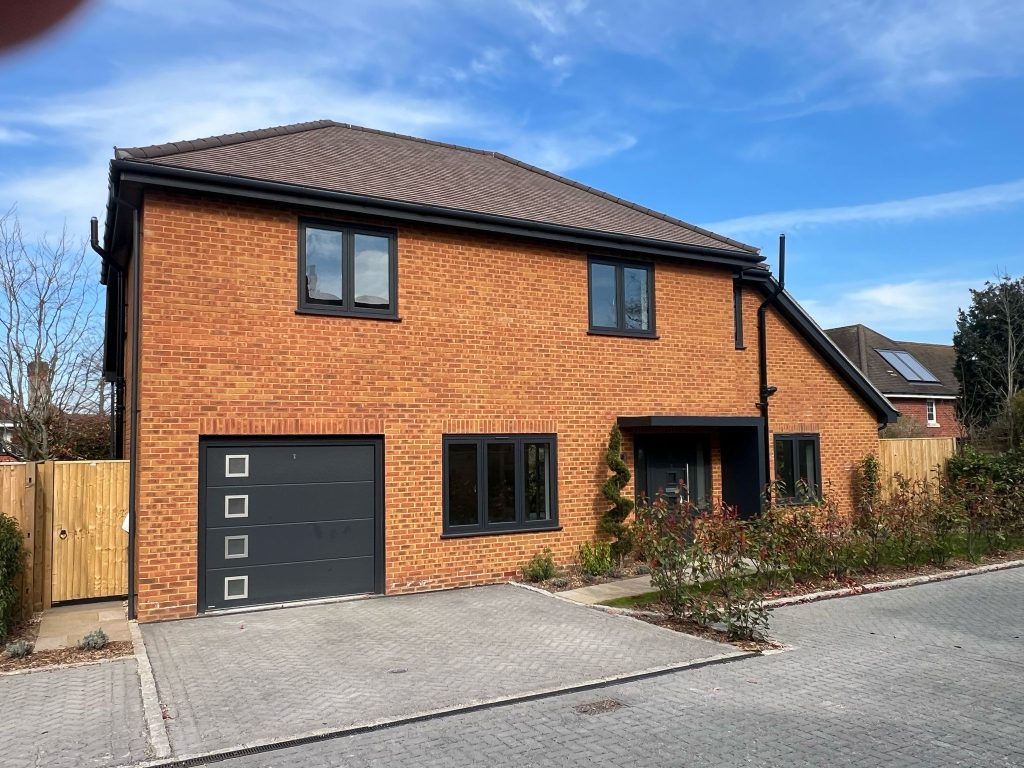
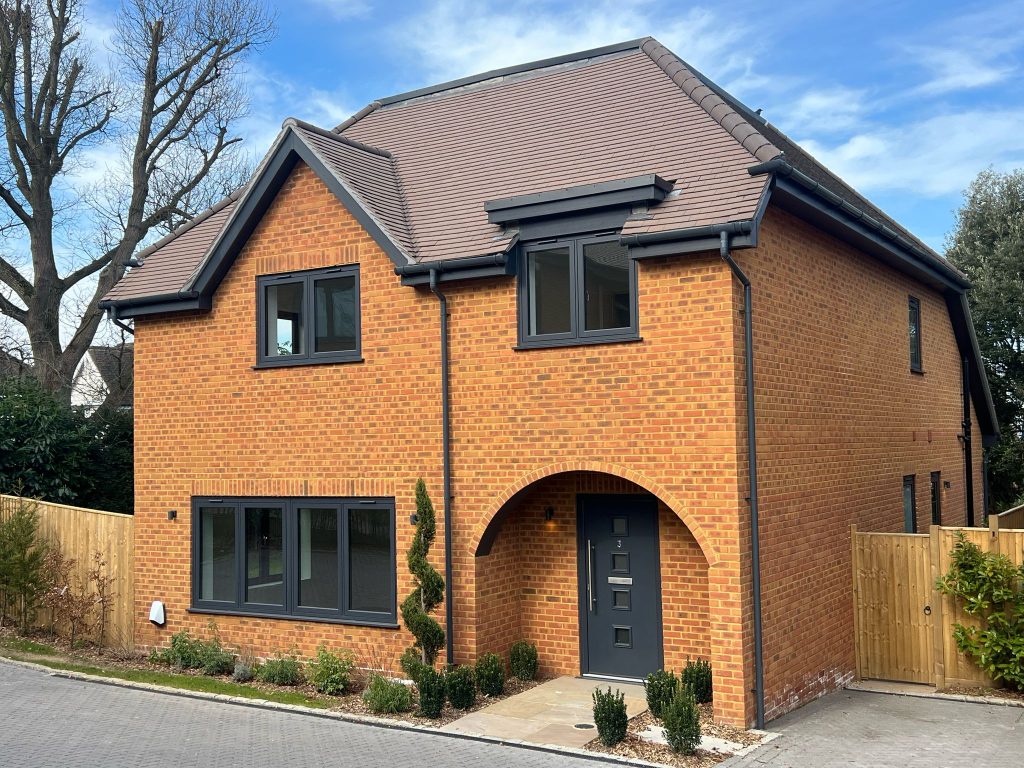
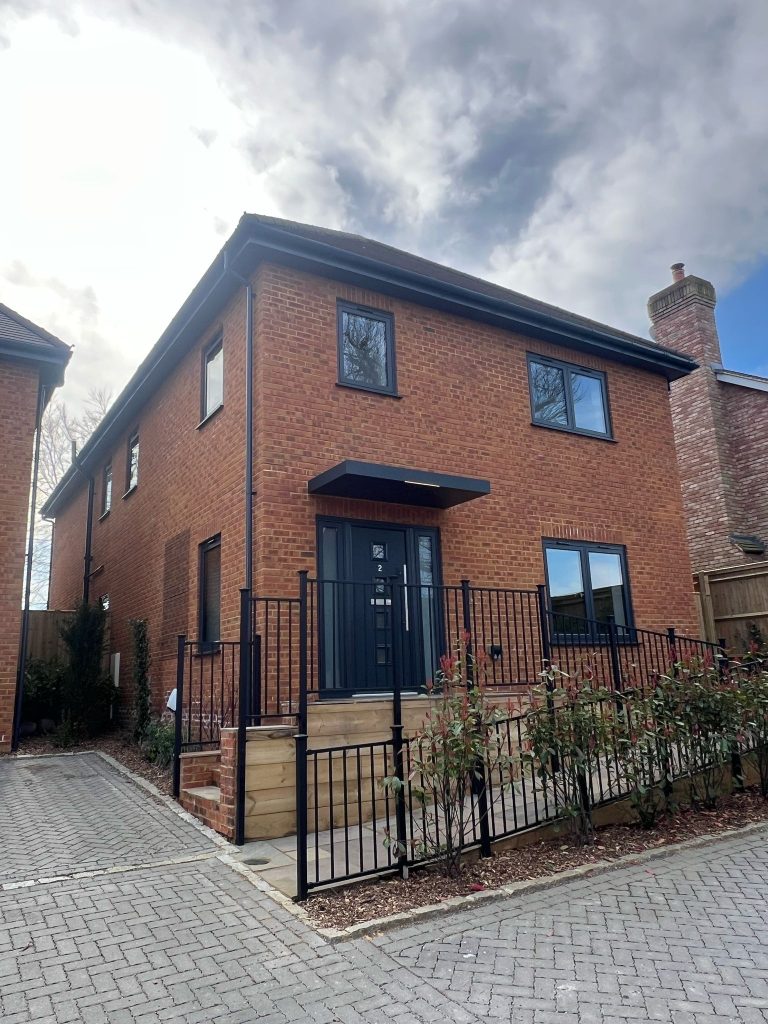
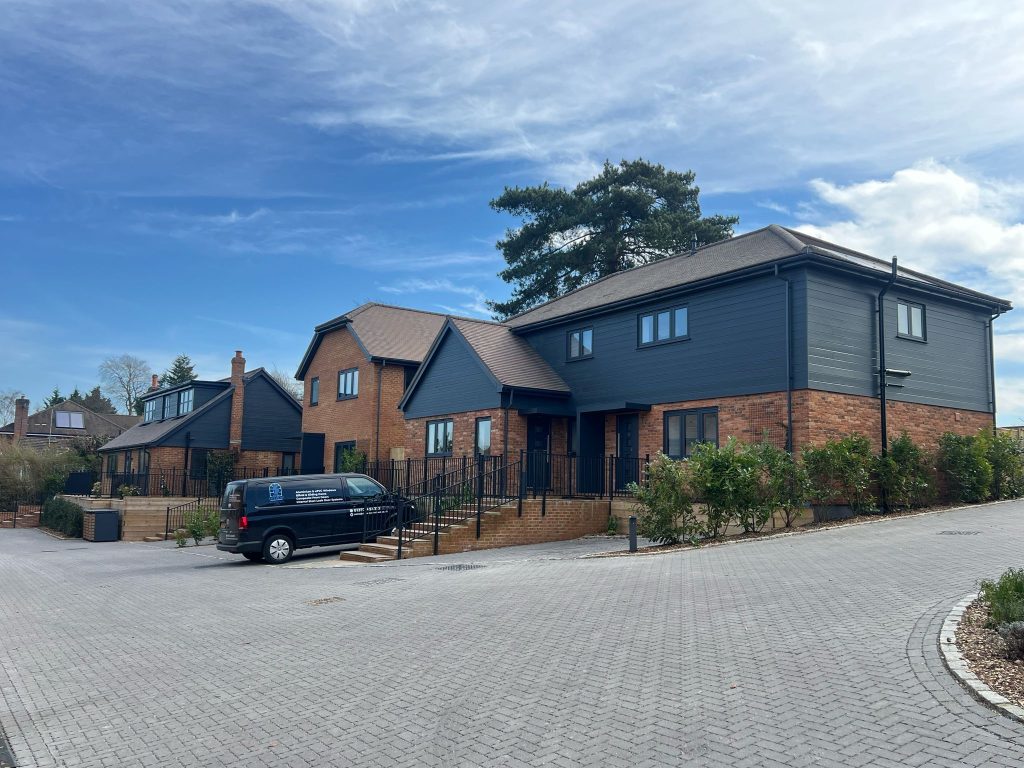
Why Window Choice Matters in New Builds
Windows play a big role in energy efficiency, comfort, and property value. For new homes, developers usually choose windows based on cost, compliance with building regulations, and buyer expectations.
Most new builds in the UK must meet standards set out by FENSA or Building Regulations. This includes minimum performance on things like thermal insulation (U-values), ventilation, and safety.
Here’s what that usually means in practice.
Most Common Window Types in New Builds
uPVC Windows
uPVC (unplasticised polyvinyl chloride) is the most common window material used in UK new builds. It’s chosen for several reasons:
- Cost-effective compared to timber or aluminium
- Low maintenance
- Good thermal efficiency
- Available in different finishes, including wood-effect
uPVC windows are the go-to option for developers looking to meet legal standards without increasing costs.
They’re also often installed with multi-point locking systems and double glazing as standard.
If you’re specifically looking for a reliable uPVC window supplier in Surrey, there are many local companies who specialise in supplying and fitting for developers.
Casement Windows
Casement windows are hinged at the side and open outwards. These are one of the most popular choices for new builds because:
- They provide good ventilation
- They’re simple to use
- They’re energy efficient
- They meet Part F (ventilation) of Building Regulations easily
They’re usually fitted in bedrooms, kitchens, and bathrooms.
To learn more about how these work, check out our post: What is a casement window?
Flush Fit Windows
While less common as a default, some modern or premium new builds now include flush fit windows. These windows sit level with the frame, giving a sleeker and more contemporary look.
They are more expensive than standard casement windows, but they’re growing in popularity for homeowners who want something a little more design-focused.
Sash Windows
Sash windows — especially uPVC sash windows — are occasionally used in period-style new builds or developments in conservation areas. These are vertical sliding windows that give a traditional appearance while using modern materials.
They’re more costly than basic casement windows, so not often included in standard new builds unless required by planning rules or part of a premium finish.
Glazing Standards in New Builds

All new builds come with at least double glazing as standard. In many cases, this is A-rated glazing, which meets minimum energy efficiency standards set by the BFRC.
Triple glazing is rare in standard homes but may be included in energy-efficient builds or as part of an upgrade package.
When checking your window glazing:
- Look for a BFRC energy label
- Ask about the U-value (lower is better)
- Confirm that trickle vents or other ventilation methods are included
Do New Build Windows Come With Certification?
Yes. New windows installed during construction must be FENSA-certified or approved through building control. This means they comply with thermal performance, safety, and ventilation requirements.
You should receive documentation as part of your handover pack. If you’re unsure, check with the builder or solicitor.
If you’d like to know more about how to verify certification, read: Are My Old Windows FENSA Certified? How to Check
Common Issues with New Build Windows
Even though most developers use standard products, there are a few issues to look out for:
- Poor sealing: Check for draughts around frames.
- Condensation: If inside the glass, this could mean a seal failure.
- Limited opening sizes: Some windows, especially in small rooms, may not provide proper ventilation.
- Inconsistent finishes: Some homes may have lower-grade finishes on rear or side windows.
Make sure to raise these with your site manager during your snagging inspection.
Can You Upgrade the Windows in a New Build?
Yes, though it depends on the builder. Some developers offer upgrade packages for:
- Triple glazing
- Aluminium frames
- Colour frames (e.g., anthracite grey)
- Flush or sash designs
If not, you can always upgrade later by using a local window supplier. Just make sure replacements still meet current standards.
Comparison of Common New Build Window Types
| Window Type | Common in New Builds | Energy Efficiency | Cost | Appearance | Ventilation |
|---|---|---|---|---|---|
| uPVC Casement | Yes | High | Low | Traditional/Plain | Good |
| Flush Fit uPVC | Sometimes | High | Medium | Modern/Clean | Good |
| Sash (uPVC) | Rare | Moderate-High | Higher | Period-Style | Good |
| Triple Glazed | Rare | Very High | Highest | Standard | Good |
| Aluminium Frames | Optional upgrade | Moderate-High | Higher | Slim/Contemporary | Moderate |
Key Things to Check Before You Move In
- Are your windows double glazed and energy rated?
- Do they have working trickle vents for ventilation?
- Has your builder provided FENSA certification?
- Is the window style suitable for each room?
- Are the handles and locks secure and working?
These checks can help you avoid problems after you move in — and help protect your home’s energy performance.
Should You Replace New Build Windows?
Most people won’t need to. But if your home was built with budget windows and you’re planning to stay long-term, upgrading can improve:
- Energy efficiency
- Home security
- Noise reduction
- Property value
Modern replacements, like bay windows or aluminium bifold doors, are popular for kitchen extensions or rear living spaces.
If you’re thinking of making changes, work with a FENSA-registered installer for compliance and warranty coverage.
Final Thoughts
In most cases, new builds come with uPVC double glazed casement windows, chosen for affordability and compliance. While they do the job, it’s worth understanding the options and checking what’s actually fitted.
Whether you’re buying a home or already moved in, being informed about your new builds windows means you’ll know when to upgrade, what to expect in terms of performance, and how to spot any issues early.
If you’re looking for a local expert for future installations, replacements or advice, Skyway Windows in Surrey can help. We supply and install a wide range of styles — from casement to sash — with full certification and expert fitting. Contact us here to get started.




